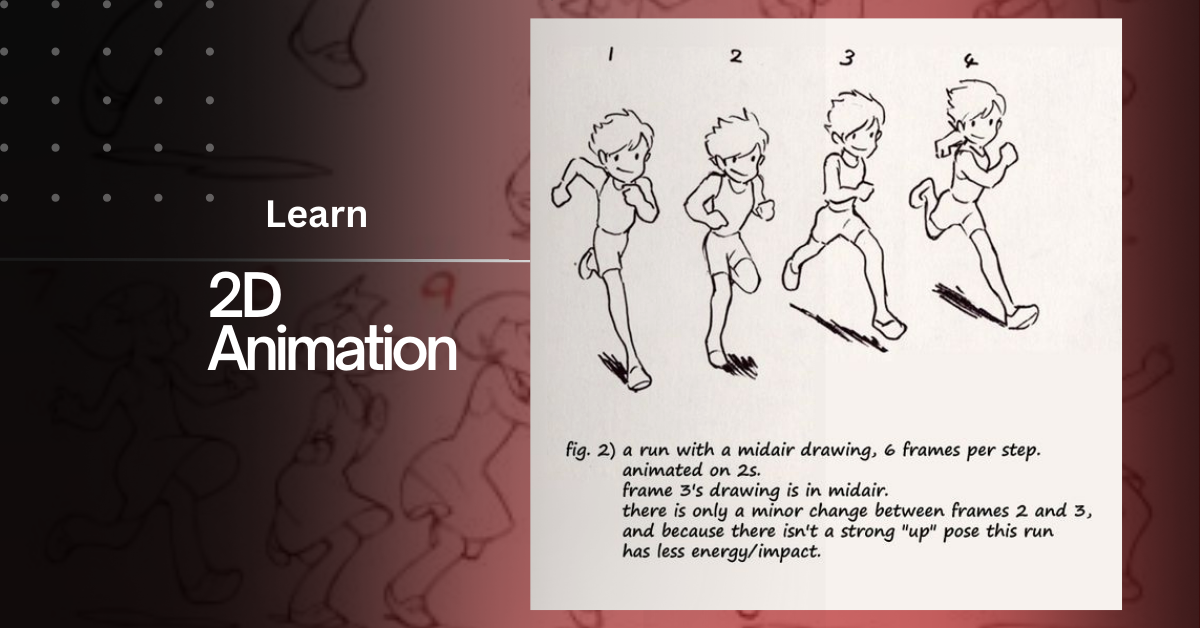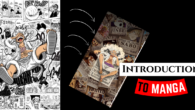
Traditional Animation
Classic Animation
Traditional animation, often referred to as classic animation, is the process of creating animated films and television shows by hand-drawing each frame. This technique dates back to the early 20th century and has given us some of the most beloved and timeless cartoons in history. Although digital animation has taken over much of the industry today, traditional animation remains a cherished art form, celebrated for its warmth, texture, and the incredible skill required to produce it.
In this explanation, we’ll explore five traditional cartoon animations that have become cornerstones in the world of animation. These examples not only highlight the techniques and creativity involved but also showcase the evolution of animation from its early days to its golden age.
1. Steamboat Willie (1928) Traditional animation
Steamboat Willie, one of the most iconic examples of traditional animation, introduced the world to Mickey Mouse, who would become one of history’s most recognizable characters. Walt Disney and Ub Iwerks created this groundbreaking cartoon, which was the first to feature synchronized sound.
Steamboat Willie revolutionized its time, with animators painstakingly drawing each frame by hand and carefully matching the drawings to the music and sound effects. This cartoon set the standard for synchronized sound in animation, paving the way for future animated films.
The animation in Steamboat Willie is simple yet effective. The characters consist of basic shapes, and the backgrounds remain relatively sparse, but the charm of the animation lies in its lively movement and expressive characters. The success of Steamboat Willie launched Walt Disney’s career and established traditional animation as a viable form of entertainment.
2. Snow White and the Seven Dwarfs (1937) Traditional animation
Snow White and the Seven Dwarfs marked a historic milestone as the first full-length animated feature film, often regarded as the pinnacle of traditional animation. Walt Disney led the production, which spanned three years and involved over 750 artists who crafted more than 2 million individual drawings.
The film stands as a masterpiece of traditional animation, showcasing richly detailed backgrounds, fluid character movements, and expressive facial animations. The animators employed a technique called “rotoscoping,” tracing over live-action footage to achieve more realistic motion. This technique introduced a level of realism previously unseen in animation.
Snow White and the Seven Dwarfs was a massive success, both critically and commercially. It proved that animated films could be more than just short cartoons; they could tell a compelling story, evoke emotions, and entertain audiences of all ages. The movie’s popularity made Walt Disney a well-known figure in the motion picture business and paved the way for more animated films.
3. Looney Tunes (1930s-1960s) Traditional animation
The Looney Tunes series is a classic example of traditional animation at its best. Created by Warner Bros., this series introduced audiences to some of the most famous cartoon characters of all time, including Bugs Bunny, Daffy Duck, Porky Pig, and many others.
Looney Tunes cartoons were known for their fast-paced, zany humor and imaginative scenarios. The animation was highly expressive, with exaggerated movements and facial expressions that perfectly complemented the comedic timing. The animators used a technique called “squash and stretch” to give the characters a sense of elasticity and life, making their antics even more hilarious.
Each Looney Tunes short was meticulously crafted, with every frame drawn by hand. The backgrounds were often detailed and colorful, creating a vibrant world for the characters to inhabit. The success of Looney Tunes helped establish Warner Bros. as a major player in the animation industry and solidified the series’ place in pop culture history.
4. Fantasia (1940) Traditional animation
Fantasia is one of the most ambitious and experimental examples of traditional animation. Produced by Walt Disney, this film is a collection of eight animated segments set to classical music. Each segment tells a different story, ranging from abstract visualizations of music to more narrative-driven pieces.
The animation in Fantasia is breathtaking, with each segment showcasing a different style and technique. For example, “The Sorcerer’s Apprentice” features fluid, lifelike animation, while “The Rite of Spring” uses bold, abstract shapes to represent the music. The film also makes extensive use of color, with vibrant palettes that enhance the mood of each segment.
Fantasia was a critical success but initially struggled at the box office due to its experimental nature. However, it has since become a beloved classic and is often cited as one of the greatest achievements in animation. The film’s innovative approach to combining animation with music has inspired countless animators and filmmakers.
5. The Lion King (1994) Traditional animation
While The Lion King marks the tail end of the traditional animation era, it is still one of the most successful and beloved examples of this art form. Produced by Walt Disney Feature Animation, the film tells the story of a young lion named Simba and his journey to become king.
The animation in The Lion King is stunning, with beautifully detailed backgrounds, realistic character movements, and emotional facial expressions. The animators used a technique called “multiplane camera,” which allowed them to create a sense of depth by moving different layers of the background independently. This gave the film a more cinematic feel and made the African savanna come to life.
The Lion King was a massive success, both critically and commercially. It became the highest-grossing traditionally animated film of all time and won several awards, including two Academy Awards for its music. The film’s success marked the peak of Disney’s “Renaissance” era and demonstrated that traditional animation could still captivate audiences in the age of computer-generated imagery (CGI).
Conclusion
Traditional animation, or classic animation, has given us some of the most enduring and beloved cartoons in history. From the groundbreaking Steamboat Willie to the epic Lion King, these films and series showcase the incredible skill, creativity, and dedication of the animators who brought them to life.
Each of these examples highlights a different aspect of traditional animation, whether it’s the introduction of synchronized sound, the use of rotoscoping for realistic movement, or the innovative use of color and depth. While the animation industry has largely shifted to digital techniques, the legacy of traditional animation lives on in these timeless classics.













Leave a Reply